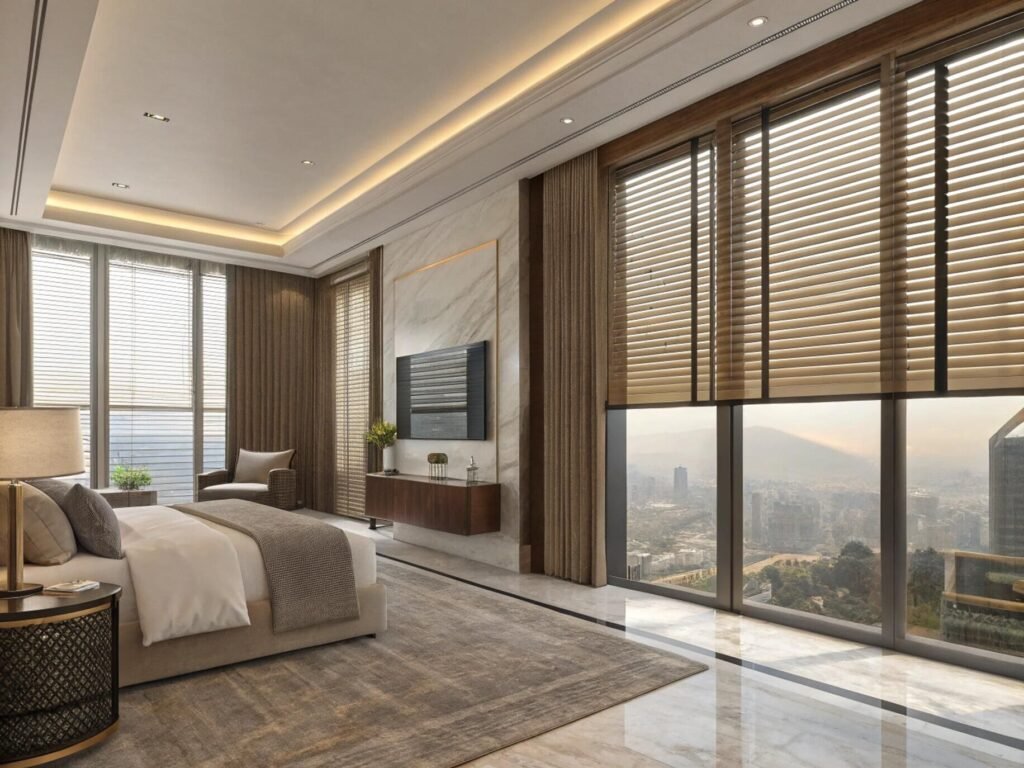Sourcing Venetian blinds seems easy, but hidden issues with materials and quality can derail your project. You worry about warped slats[^1], faded colors, and unhappy clients, which can damage your hard-earned reputation.
To find a reliable Venetian blinds supplier, you need a clear framework. Focus on understanding material specs, key quality benchmarks, and the supplier's actual manufacturing process. This approach helps you avoid common pitfalls and secure a high-quality product.

For years, I've navigated the world of Venetian blinds[^2] manufacturing. I’ve seen firsthand how a seemingly small detail, like the thickness of a paint coating, can be the difference between a product that lasts for a decade and one that fails in a year. Many of our partners, especially project buyers like Emma, need to guarantee performance for their clients. They don't have time for guesswork. That's why I've created this straightforward guide. It’s a simple system to help you evaluate and choose a supplier who can deliver on their promises every single time.
Who really makes your Venetian blinds?
You see "Made in China" on the box, but that doesn't tell you the whole story. Sourcing from a general supplier, instead of a regional specialist, often means you're not getting the best expertise or price.
Over 70% of the world's aluminum Venetian blinds[^3] come from two main clusters in China. Wood blinds have different hubs. Knowing these specialized regions is the first step to smarter sourcing.
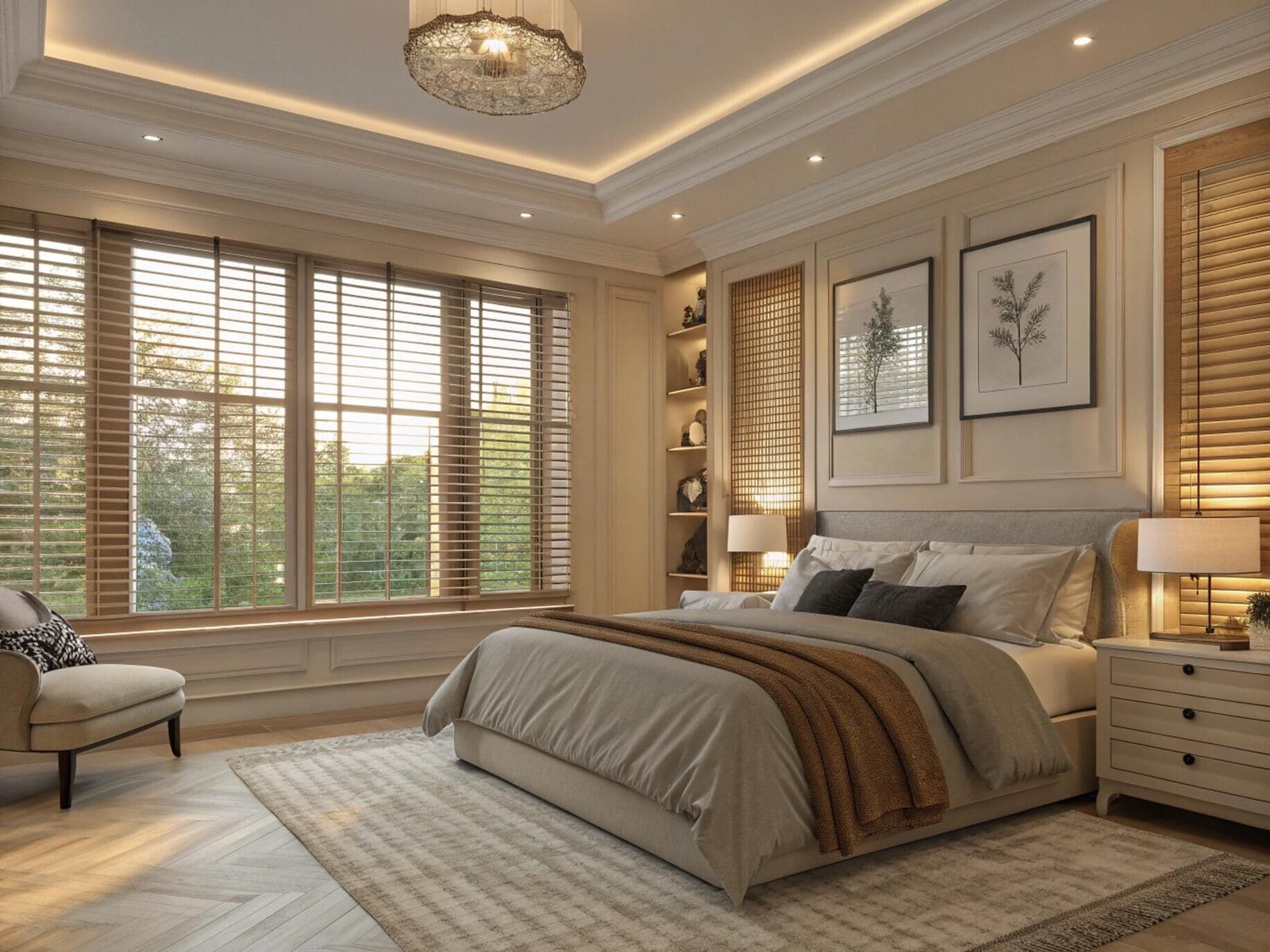
I always start by looking at where a potential supplier is located. Geography tells you what they are likely good at. The industry is highly specialized. For aluminum blinds, the Pearl River Delta and Yangtze River Delta in China are the undisputed leaders. For real wood blinds, you should look to suppliers in Indonesia, the Eastern U.S., or Northeast China, regions known for quality timber. And for PVC or Faux Wood[^4] blinds, the extrusion factories in Foshan and Jiaxing, China, have the strongest production capabilities. Sourcing from a factory within these specialized clusters gives you a huge advantage. These suppliers have access to the best raw materials, a skilled workforce, and an entire ecosystem of supporting industries. This leads to better quality, more innovation, and more competitive pricing for your projects.
What's the real difference between aluminum, wood, and faux wood?
Aluminum, wood, and faux wood blinds all look similar in a product catalog. But choosing the wrong material can lead to poor performance, warping in humid weather, and disappointed clients.
Aluminum offers durability, Basswood[^5] provides natural beauty but has longer lead times, and Faux Wood delivers excellent moisture resistance and fast production. The right choice depends entirely on your project's environment and timeline.
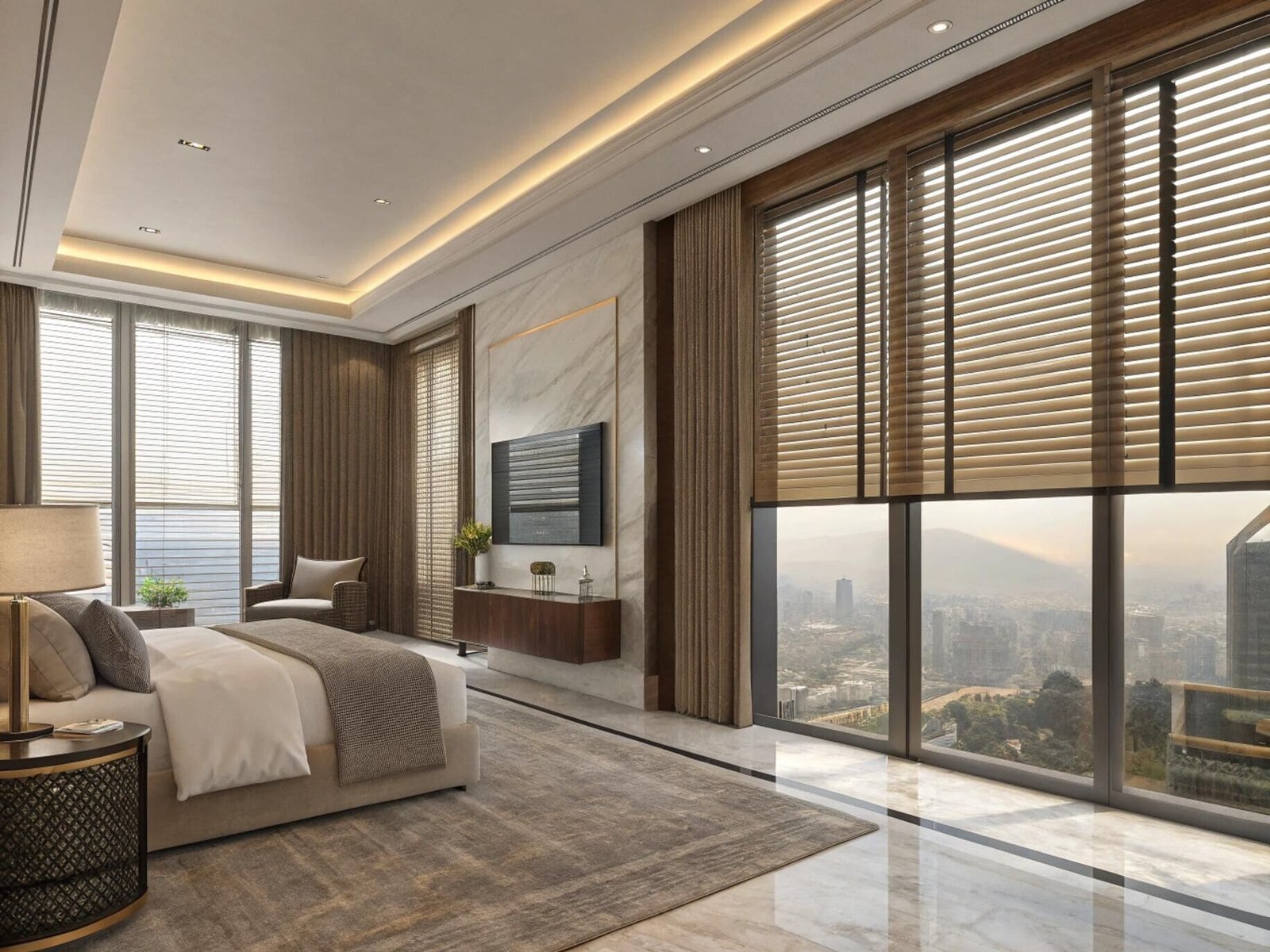
Let's get into the technical details that actually matter. For aluminum blinds, the two specs I never compromise on are slat thickness[^6] and coating. Look for a slat gauge between 0.18mm and 0.21mm. Anything thinner will bend and crease easily. The coating should be a "three-coat, two-bake" process, which ensures the color won't chip or fade. For real wood blinds, Indonesian Basswood is a fantastic choice, and you can often get it with FSC certification for sustainable projects. Just be aware that lead times are longer, typically 50 days or more. If you need the look of wood in a bathroom or kitchen, Faux Wood is the answer. It’s usually made with a PVC and polystyrene co-extrusion process that makes it immune to moisture. Plus, it can be delivered in around 35 days and passes stringent air quality standards like CARB-II.
| Material | Key Advantage | Critical Specification |
|---|---|---|
| Aluminum | Durable & Versatile | 0.18-0.21mm Slat Gauge |
| Basswood | Natural Aesthetics | FSC Certification |
| Faux Wood | Moisture-Resistant & Fast | CARB-II Compliance |
What are the key quality benchmarks to look for?
A cheap blind might look perfectly fine when you unbox it. But if it fades, rusts, or breaks within a year, it’s your reputation on the line, not the factory's.
To ensure long-term quality, focus on three technical benchmarks: precise color consistency (ΔE ≤ 1.5), passing a 500-hour salt spray test, and meeting fire-retardant standards[^7] like NFPA-701 for commercial projects.
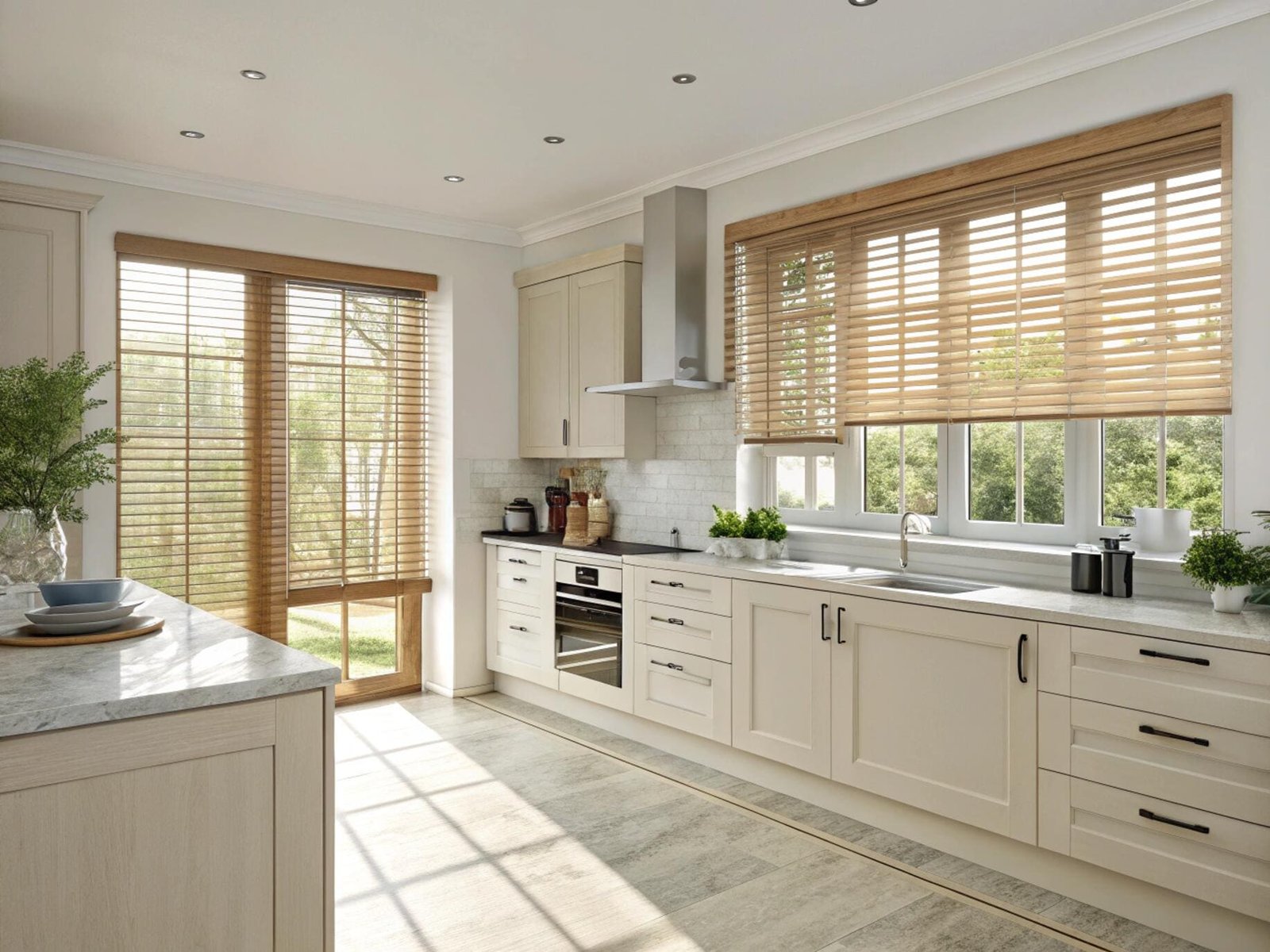
When I review a test report from a factory, I look past the simple pass/fail marks. I focus on the data. First is colorfastness, measured as Delta E (ΔE). For a large project with hundreds of windows, you need every blind to match perfectly. A ΔE of 1.5 or less is my standard; it's a difference the human eye can't detect. Second is corrosion resistance. I insist on a 500-hour salt spray test qualification. This simulates years of exposure in a coastal or humid environment and proves the coating and hardware won't rust. Third is impact resistance[^8]. The blind's locking mechanism should withstand a force of at least 3 Joules without failing, which means it can handle everyday bumps and use. For commercial projects in hotels or public buildings, fire safety is non-negotiable. The fabric ladder tapes must meet standards like NFPA-701 in the US or BS 5867 in the UK.
How does cost break down for B2B Orders?
You receive a quote for an order, but you have no idea if it's a fair price. Without understanding where the costs come from, you can't negotiate effectively or identify true value.
The price of an aluminum Venetian blind is mainly raw materials, with the aluminum itself making up about half the cost. A factory's investment in automation can directly lower your price by significantly cutting labor costs.
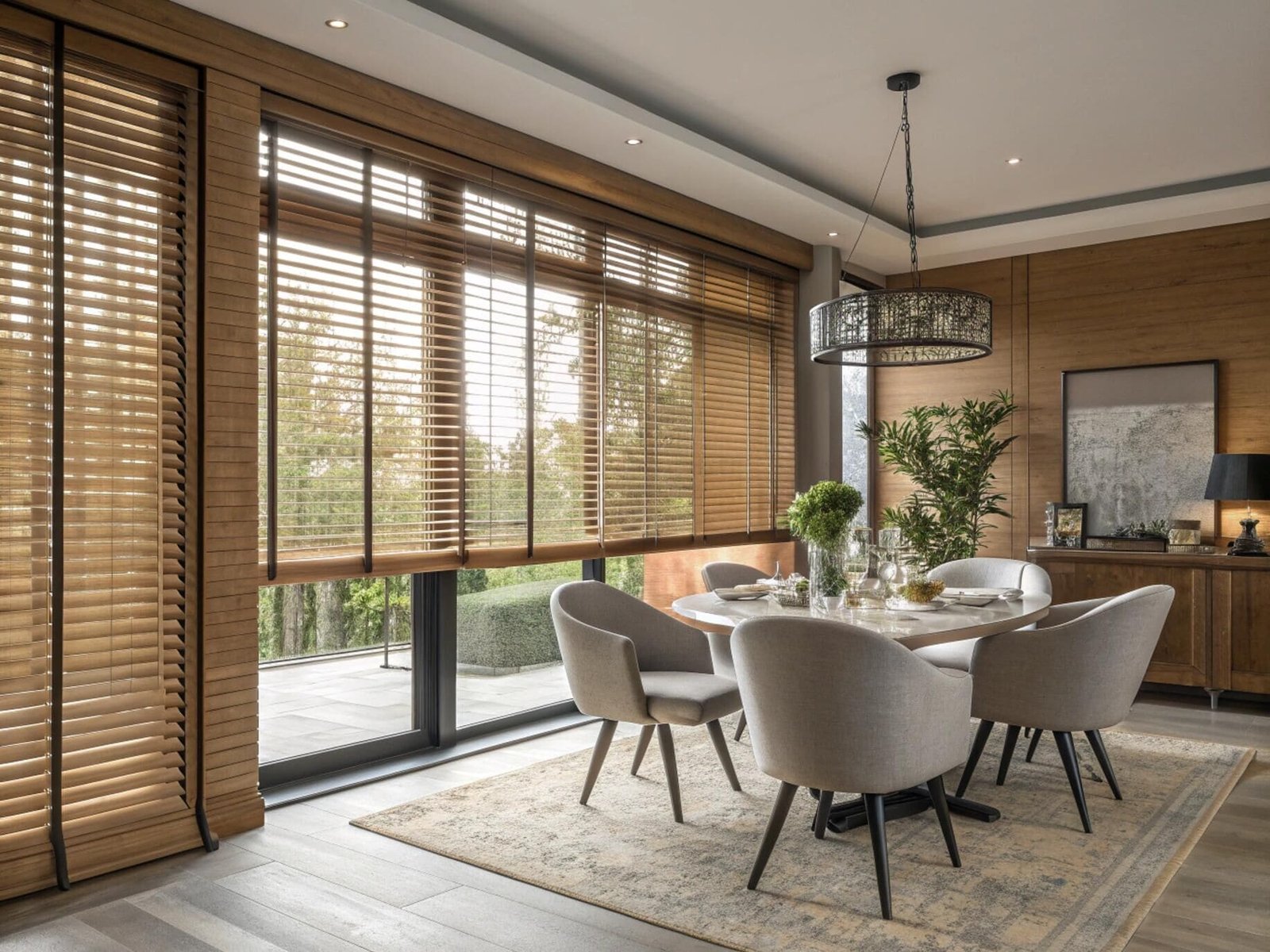
When I analyze a quote, I break it down mentally. For a standard aluminum blind, the raw aluminum makes up 45-55% of the total cost. The surface coating is another 8-12%. Labor and packaging account for about 15-18%. The rest is overhead and profit. The most significant variable you can influence, besides volume, is the supplier's efficiency. A factory that still uses manual stringing for its blinds will have much higher labor costs. Modern, automated factories use machines to thread the slats and ladders. They also use barcode scanning systems to sort orders. This level of automation can reduce the labor cost per square meter from around $0.90 down to just $0.55. That's a huge saving that a forward-thinking supplier can pass on to you, giving you a competitive edge.
What are the top customization trends to watch?
Offering the same standard blinds as everyone else won't impress high-end clients. If you provide outdated options or can't meet modern design demands[^9], you risk looking behind the times.
The biggest trends are cordless and battery motorization in North America for safety and convenience, and wider, 50mm matte-finish wood slats with minimalist magnetic features for the European design market.
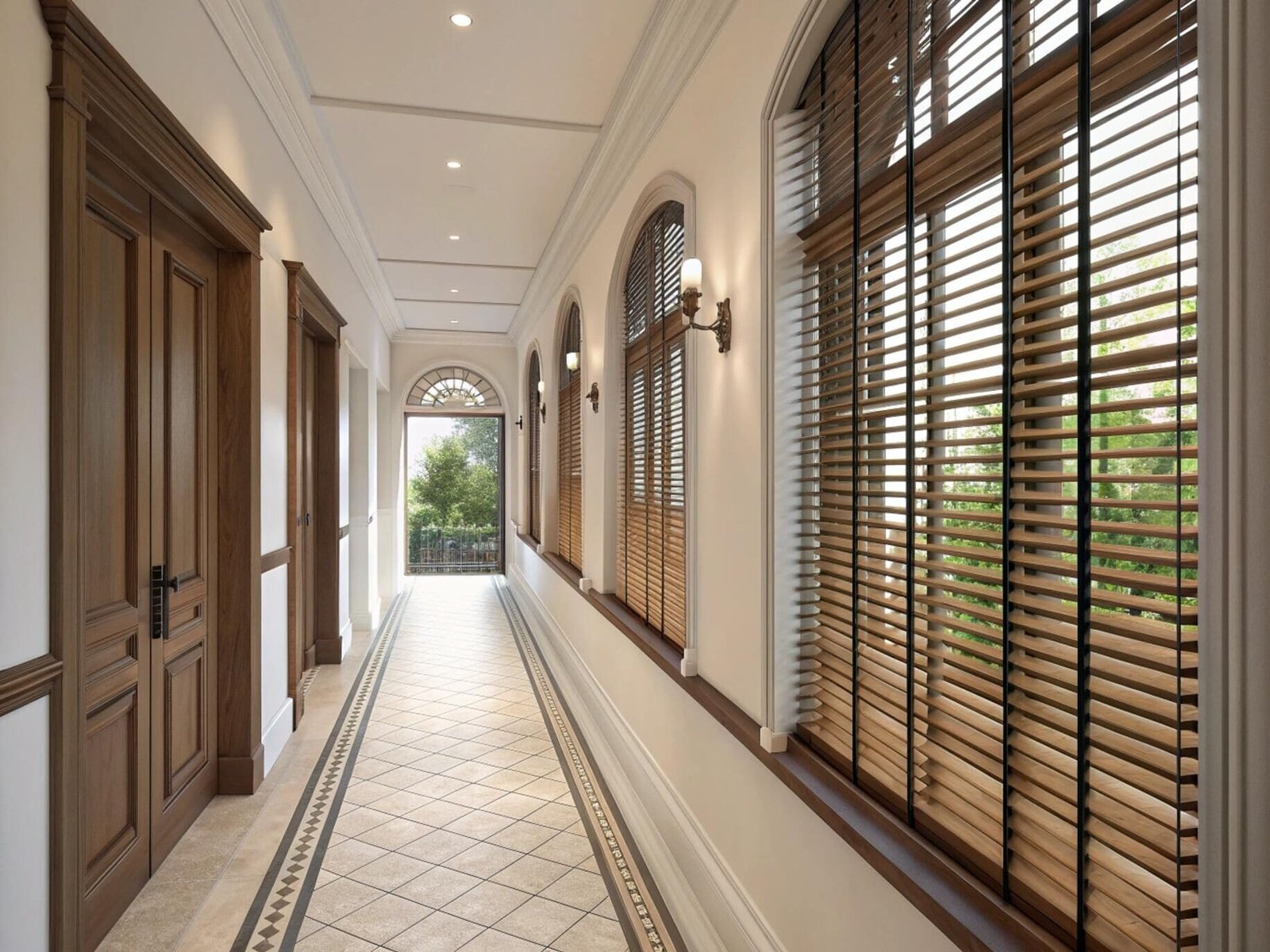
Staying ahead of design and technology trends is critical. In North America, the demand for cordless and small lithium-ion battery motorized options is growing by over 25% a year. This is driven by new child safety regulations and the convenience they offer for the home renovation market. Being able to offer a reliable, easy-to-install motorized blind is a massive advantage. In Europe, the aesthetic trends are a bit different. My designer partners there are frequently requesting 50mm wide basswood slats. But they don't want the old glossy finish. They want modern, matte stains that feel more organic and high-end. A popular feature they're also asking for is an invisible magnetic strip on the bottom rail. This allows the blind to lock into place when closed, ensuring maximum light blockage and a perfectly clean, minimalist look.
What should be on your factory audit checklist[^10]?
A factory tour can feel overwhelming, with a lot to see and a lot of sales talk. It's easy to miss the critical details that reveal a manufacturer's true commitment to quality.
During a factory audit, focus on three simple things: check the powder-coating line for an online thickness gauge, test a large sample of slats for warping, and look for a climate-controlled curing area[^11] for finished products.
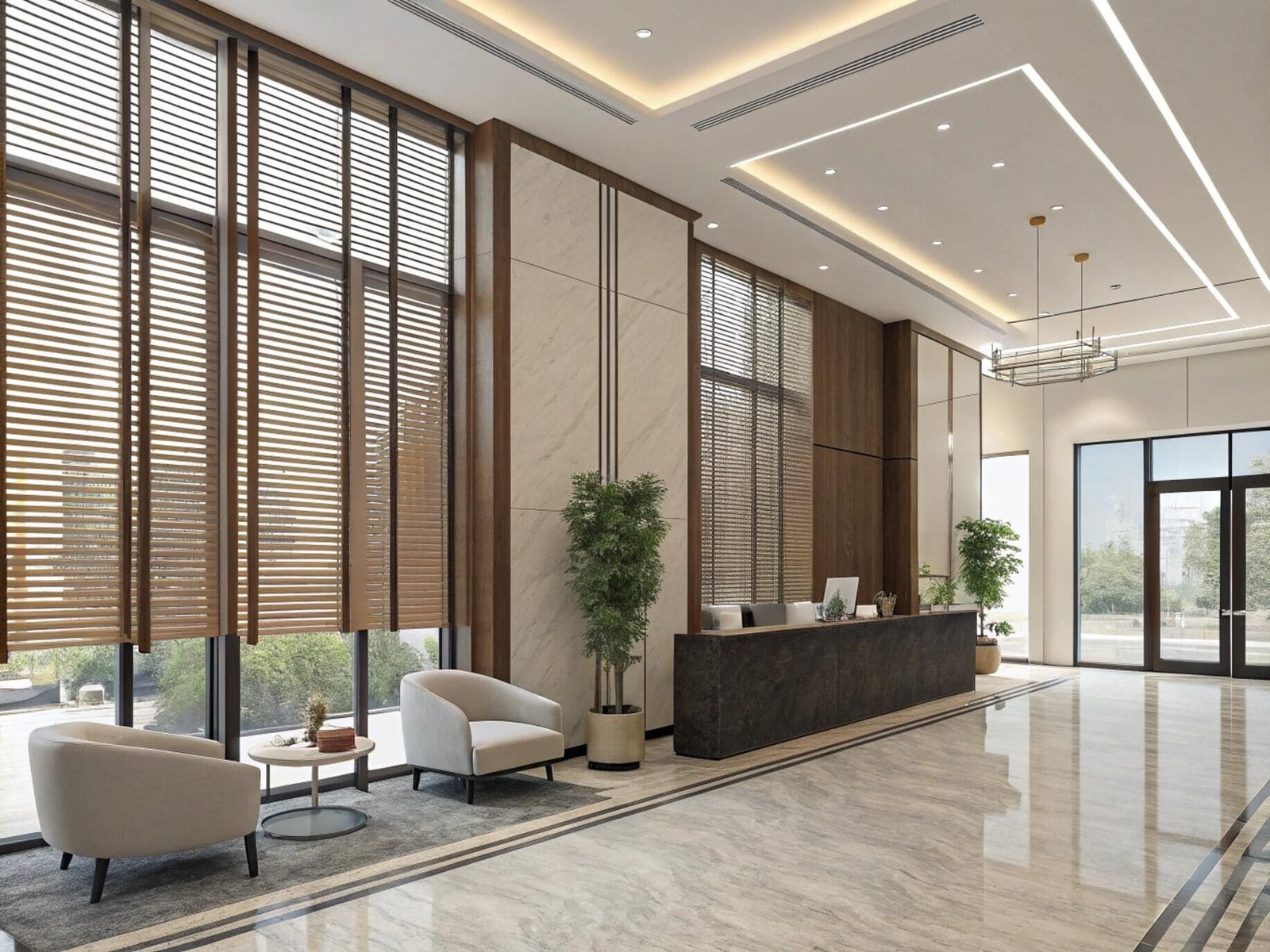
You don't need to be an engineer to perform an effective factory audit. I use a simple checklist that tells me almost everything I need to know. First, I go to the powder-coating line[^12] and look for an online film thickness gauge. This device ensures the coating is applied at a consistent thickness, which should be at least 18 micrometers. This is key for durability. Second, I ask to see their QC station and pull a random sample of at least 1,000 slats. I check them for warping; the deviation should be no more than 0.4mm. A high warp rate indicates poor quality raw materials. Finally, I ask to see where they store the blinds right after they are packaged. A top-tier factory will have a 24-hour, climate-controlled warehouse. This allows the paint coating to fully cure before shipping, preventing slats from sticking together or getting damaged in transit.
Conclusion
By focusing on production hubs, materials, quality data, and key factory processes, you can move beyond price lists and find a Venetian blinds partner who truly powers your projects' success.
---
[^1]: Find solutions to prevent warped slats and ensure long-lasting performance.
[^2]: Explore this link to find top-rated suppliers that ensure quality and reliability for your projects.
[^3]: Learn why aluminum blinds are a popular choice and their benefits for various projects.
[^4]: Explore the benefits of Faux Wood blinds, especially in moisture-prone areas.
[^5]: Discover the natural beauty and advantages of Basswood for high-quality blinds.
[^6]: Find out the optimal slat thickness to ensure durability and performance.
[^7]: Explore essential fire safety standards to ensure compliance in commercial projects.
[^8]: Learn about impact resistance and its importance for everyday use and durability.
[^9]: Stay ahead of design trends to meet the evolving needs of high-end clients.
[^10]: Learn how to effectively audit a factory to ensure quality and reliability.
[^11]: Understand the role of climate control in ensuring the quality of finished products.
[^12]: Discover how a powder-coating line impacts the durability and quality of blinds.
Partner with VelaBlinds for Your Next Project
Smart window treatments shouldn't be complicated. After working with 500+ distributors and contractors worldwide, I've streamlined the process to get you quality products, competitive pricing, and reliable support - every time.
Why project professionals choose VelaBlinds:
- ✅ Fast, Accurate Quotes - Detailed specs and pricing within 24 hours
- ✅ Transparent Pricing - No hidden fees, volume discounts clearly outlined
- ✅ Quality Assurance - Direct partnerships with certified OEM manufacturers
- ✅ Project Support - Dedicated account manager from quote to delivery
Start your next project:
📧 Quick Quote: Send your requirements to info@velablinds.com
📱 Direct Contact: WhatsApp +86 137 2012 8317
🌐 Browse Solutions: https://velablinds.com/
📁 Product Resources: Access spec sheets, catalogs & project files
Paul Chen, Founder
"I built VelaBlinds to solve the real challenges I faced as a project buyer - long lead times, unclear specs, and unreliable suppliers. Let's discuss how we can power your projects with smarter blinds."
Serving distributors and contractors across North America, Europe, and Australia since 2018.

